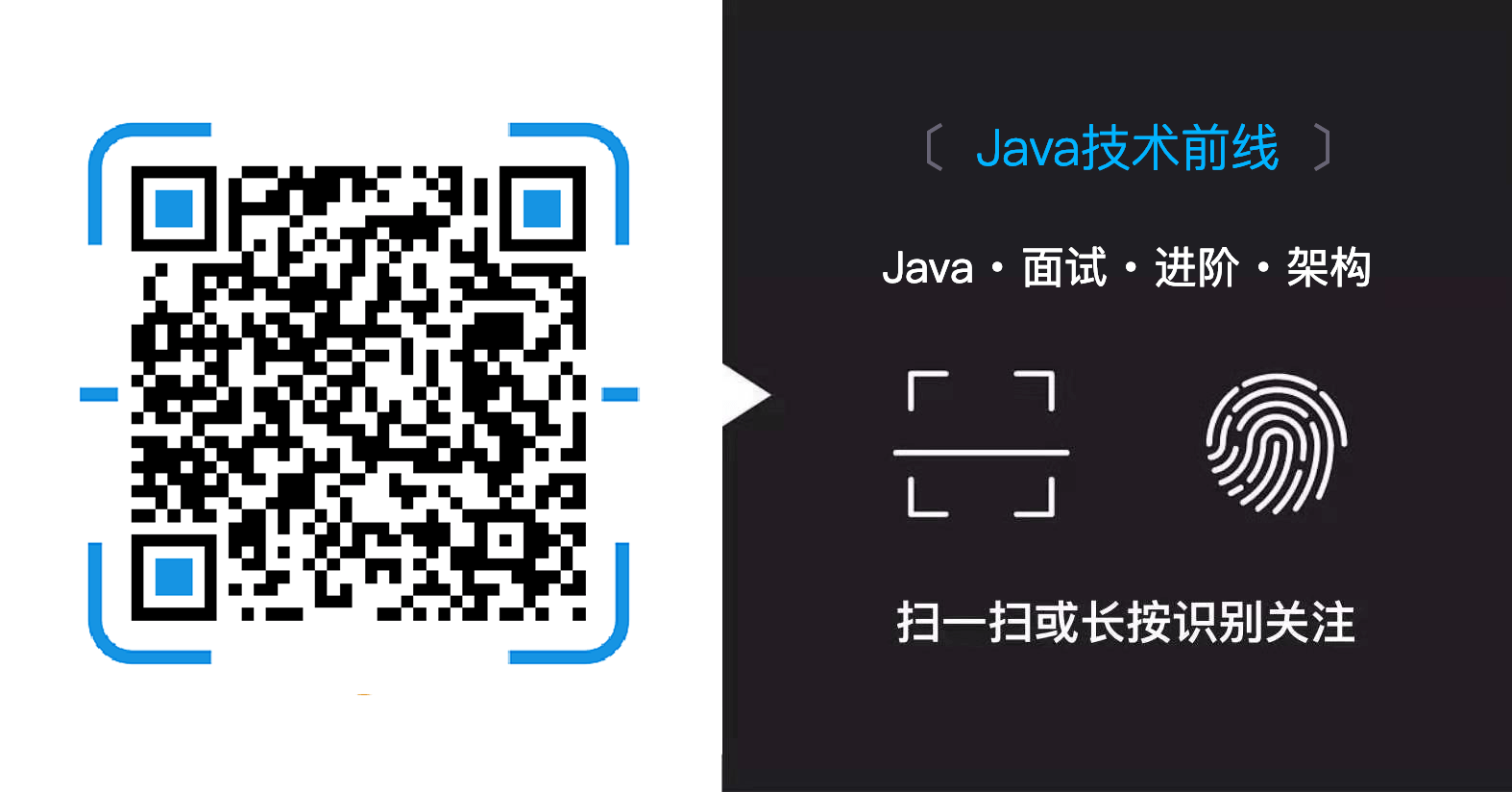SSM整合2
上一篇讲述了DAO 层,mybatis实现数据库的连接,DAO层接口设计,以及mybtis和spring的整合。DAO层采用接口设计方式实现,接口和SQL实现的分离,方便维护。DAO层所负责的仅仅是接口的设计和实现,而负责的逻辑即一个或多个DAO层接口的拼接是在Sevice层中完成。这篇文章接上篇文章,主要讲述Service层的实现、和Spring的整合以及声明如何声明事物。
一、Service层接口设计
业务接口设计应当站在“使用者”角度设计接口,应遵循三个规范:合理的命令,明确的参数,返回结果(正常接口/异常结果)。本例子采用的Java高并发的秒杀API系列课程的例子,创建设计的业务逻辑接口如下:
public interface SeckillService {
/**
* 查询所有秒杀记录
* @return
*/
List<Seckill> getSerkillList();
/**
* 查询单个秒杀记录
* @param seckillId
* @return
*/
Seckill getById(long seckillId);
/**
* 秒杀开启时输出秒杀接口地址,
* 否则输出系统时间和秒杀时间
* @param seckillId
*/
Exposer exportSeckillUrl(long seckillId);
/**
*执行秒杀接口
*/
SeckillExecution executeSeckill(long seckillId, long userPhone, String md5) throws SeckillException,RepeatKillException,SeckillCloseException;
二、Service接口的实现
直接上代码了,在这里讲下秒杀业务的逻辑:首先是获取秒杀列表,点击列表进入秒杀详情页,这时获取系统时间,如果秒杀开始,获取秒杀地址,点击秒杀,执行秒杀。所以业务逻辑也只设计了这相关的4个业务逻辑。其中使用了dto层去传递响应数据,以及自定义异常,所有的异常都继承运行异常,这是为了方便spring自动回滚,这两个知识点,自行看源码。
package org.forezp.service.impl;
@Service
public class SeckillServiceImpl implements SeckillService{
private Logger logger= LoggerFactory.getLogger(this.getClass());
//注入service依赖
@Autowired
private SeckillDao seckillDao;
@Autowired
private SuccessKilledDao successKilledDao;
//MD5盐值字符串,用户混淆MD5
private final String slat="sfsa=32q4r23234215ERWERT^**%^SDF";
public List<Seckill> getSerkillList() {
return seckillDao.queryAll(0,4);
}
public Seckill getById(long seckillId) {
return seckillDao.queryById(seckillId);
}
public Exposer exportSeckillUrl(long seckillId) {
Seckill seckill =seckillDao.queryById(seckillId);
if(seckill==null){
return new Exposer(false,seckillId);
}
Date startTime=seckill.getStartTime();
Date endTime=seckill.getEndTime();
//系统当前时间
Date nowTime=new Date();
if(nowTime.getTime()<startTime.getTime()||nowTime.getTime()>endTime.getTime()){
return new Exposer(false,seckillId,nowTime.getTime(),startTime.getTime(),endTime.getTime());
}
String md5=getMD5(seckillId);
return new Exposer(true,md5,seckillId);
}
private String getMD5(long seckillId){
String base=seckillId+"/"+slat;
String md5= DigestUtils.md5DigestAsHex(base.getBytes());
return md5;
}
@Transactional
/**
*使用注解控制事务方法的优点
* 1:开发团队达成一致约定,明确标注事务方法的编程风格
* 2:保证事务方法的执行时间尽可能短,不要穿插其他网络请求,RPC/HTTP请求或者剥离到事务方法外
* 3:不是所有的方法都需要事务,如只有一条修改操作,只读操作不需要事务控制
*/
public SeckillExecution executeSeckill(long seckillId, long userPhone, String md5) throws SeckillException, RepeatKillException, SeckillCloseException {
if(md5==null ||!md5.equals(getMD5(seckillId))){
throw new SeckillException("seckill data rewrite");
}
//执行秒杀逻辑:减库存+记录购买行为
Date nowTime=new Date();
try {
//记录购买行为
int insertCount=successKilledDao.insertSuccessKilled(seckillId,userPhone);
//唯一:seckillId,userphone
if(insertCount<=0){
//重复秒杀
throw new RepeatKillException("seckill repeated");
}else{
//减库存,热点商品竞争
int updateCount=seckillDao.reduceNumber(seckillId,nowTime);
if(updateCount<=0){
//没有更新到记录,秒杀结束 rollback
throw new SeckillCloseException("seckill is closed");
}else{
//秒杀成功 commit
SuccessKilled successKilled=successKilledDao.queryByIdWithSeckill(seckillId,userPhone);
return new SeckillExecution(seckillId, SeckillStatEnum.SUCCESS,successKilled);
}
}
}catch(SeckillCloseException e1){
throw e1;
} catch (RepeatKillException e2){
throw e2;
} catch (Exception e) {
logger.error(e.getMessage(),e);
//所有的编译期异常,转化为运行期异常(运行时异常,spring可以做rollback操作)
throw new SeckillException("seckill inner error:"+e.getMessage());
}
}
//抛出异常是为了告诉spring是否rollback,此处使用存储过程的话,就不需要抛异常了
public SeckillExecution executeSeckillProcedure(long seckillId, long userPhone, String md5) {
if(md5 ==null || !md5.equals(getMD5(seckillId))){
return new SeckillExecution(seckillId,SeckillStatEnum.DATA_REWRITE);
}
Date killTime=new Date();
Map<String,Object> map=new HashMap<String, Object>();
map.put("seckillId",seckillId);
map.put("phone",userPhone);
map.put("killTime",killTime);
map.put("result",null);
//执行存储过程,result被赋值
try {
seckillDao.killByProcedure(map);
int result=(Integer) map.get("result");
if(result==1){
SuccessKilled successKilled=successKilledDao.queryByIdWithSeckill(seckillId,userPhone);
return new SeckillExecution(seckillId, SeckillStatEnum.SUCCESS,successKilled);
}else{
return new SeckillExecution(seckillId,SeckillStatEnum.stateof(result));
}
} catch (Exception e) {
logger.error(e.getMessage(),e);
return new SeckillExecution(seckillId,SeckillStatEnum.INNER_ERROE);
}
}
}
三、Sping托管 service的实现类
和上一篇文章使用spring托管dao接口一样,这里也需要用 spring 托管service. spring ioc 使用对象工程模式,对所有的注入的依赖进行了管理,暴露出了一致性的访问接口,当我们需要某个对象时,直接从spring ioc中取就行了,不需要new,也不需要对它们的生命周期进行管理。更为重要的是spring 自动组装依赖,比如最终的接口controller依赖service,而service依赖dao,dao依赖sessionfactory,而sessionfactory依赖datasource,这些层层依赖是通过spring管理并层层组装,只要我们简单配置和注解就可以方便的使用,代码的分层和编程的艺术在spring框架中展现得淋漓尽至。
本项目采用spring ioc :
1.xml配置
2.包扫描
3.annotation注解。
创建sping-service.xml
采用包扫描+注解方式,首先在xml中声明包扫描:
<?xml version="1.0" encoding="UTF-8"?>
<beans xmlns="http://www.springframework.org/schema/beans"
xmlns:xsi="http://www.w3.org/2001/XMLSchema-instance"
xmlns:context="http://www.springframework.org/schema/context" xmlns:tx="http://www.springframework.org/schema/tx"
xsi:schemaLocation="http://www.springframework.org/schema/beans
http://www.springframework.org/schema/beans/spring-beans.xsd http://www.springframework.org/schema/context
http://www.springframework.org/schema/context/spring-context.xsd http://www.springframework.org/schema/tx
http://www.springframework.org/schema/tx/spring-tx.xsd"
>
<!--扫描service包下所有使用注解的类型-->
<context:component-scan base-package="org.forezp.service"/>
然后在org,forezp.service包下的类采用注解。比如@Service 注解声明是一个service, @Autowired注入service 所需依赖。
@Service//声明是一个service
public class SeckillServiceImpl implements SeckillService{
//注入service依赖
@Autowired
private SeckillDao seckillDao;
@Autowired
private SuccessKilledDao successKilledDao;
}
只需要一个包扫描和几个简单的注解就可以将service注解到spring ioc容器中。
四、spring声明式事物
在秒杀案例中,我们需要采用事物来防止数据的正确性,防止重复秒杀,防止库存不足、库存剩余等情况。一般使用事物需要开启事物/经常一些列的操作,提交或者回滚。spring声明式事物,就是将事物的开启、提交等托管给spring管理,我们只需要注重如何修改数据。
配置spring 声明式事物
在spring-service.xml中配置:
<!--配置事务管理器-->
<bean id="transactionManager" class="org.springframework.jdbc.datasource.DataSourceTransactionManager">
<!--注入数据库连接池-->
<property name="dataSource" ref="dataSource"/>
</bean>
<!--配置基于注解的声明式事务
默认使用注解来管理事务行为
-->
<tx:annotation-driven transaction-manager="transactionManager"/>
在需要事物的业务逻辑下加 @Transactional注解。
比如在开启秒杀方法:
@Transactional
public SeckillExecution executeSeckill(long seckillId, long userPhone, String md5) throws SeckillException, RepeatKillException, SeckillCloseException {
if(md5==null ||!md5.equals(getMD5(seckillId))){
}
注意:
1开发团队达成一致约定,明确标注事务方法的编程风格
2:保证事务方法的执行时间尽可能短,不要穿插其他网络请求,RPC/HTTP请求或者剥离到事务方法外
3:不是所有的方法都需要事务,如只有一条修改操作,只读操作不需要事务控制
五、单元测试
需要配置:
@ContextConfiguration({
"classpath:spring/spring-dao.xml",
"classpath:spring/spring-service.xml"
})
直接上代码:
@RunWith(SpringJUnit4ClassRunner.class)
@ContextConfiguration({
"classpath:spring/spring-dao.xml",
"classpath:spring/spring-service.xml"
})
public class SeckillServiceTest {
private final Logger logger=LoggerFactory.getLogger(this.getClass());
@Autowired
private SeckillService seckillService;
@Test
public void getSerkillList() throws Exception {
List<Seckill> list=seckillService.getSerkillList();
System.out.println(list);
//执行结果[Seckill{seckillId=1000, name='1000元秒杀iphone6'..... 省略。。。]
}
@Test
public void getById() throws Exception {
long id=1000;
Seckill seckill=seckillService.getById(id);
System.out.println(seckill);
//执行结果:Seckill{seckillId=1000, name='1000元秒杀iphone6', number=100, startTime=Sun Nov 01 00:00:00 CST 2015,。。。。}
}
@Test
public void exportSeckillUrl() throws Exception {
long id=1000;
Exposer exposer=seckillService.exportSeckillUrl(id);
System.out.println(exposer);
}
@Test
public void executeSeckill() throws Exception {
long id=1000;
long phone=13502171122L;
String md5="e83eef2cc6b033ca0848878afc20e80d";
SeckillExecution execution=seckillService.executeSeckill(id,phone,md5);
System.out.println(execution);
}
}
这篇文章主要讲了service业务接口的编写和实现,以及采用xml和注解方式讲service 注入到spring ioc,以及声明式事物,不得不感叹spring 的强大。下一篇文章讲讲述 web层的开发,spring mvc的相关配置。感谢大家,再接再厉,晚安。^_^。
看完两件小事
如果你觉得这篇文章对你挺有启发,我想请你帮我两个小忙:
- 把这篇文章分享给你的朋友 / 交流群,让更多的人看到,一起进步,一起成长!
- 关注公众号 「方志朋」,公众号后台回复「666」 免费领取我精心整理的进阶资源教程


 微信扫一扫
微信扫一扫